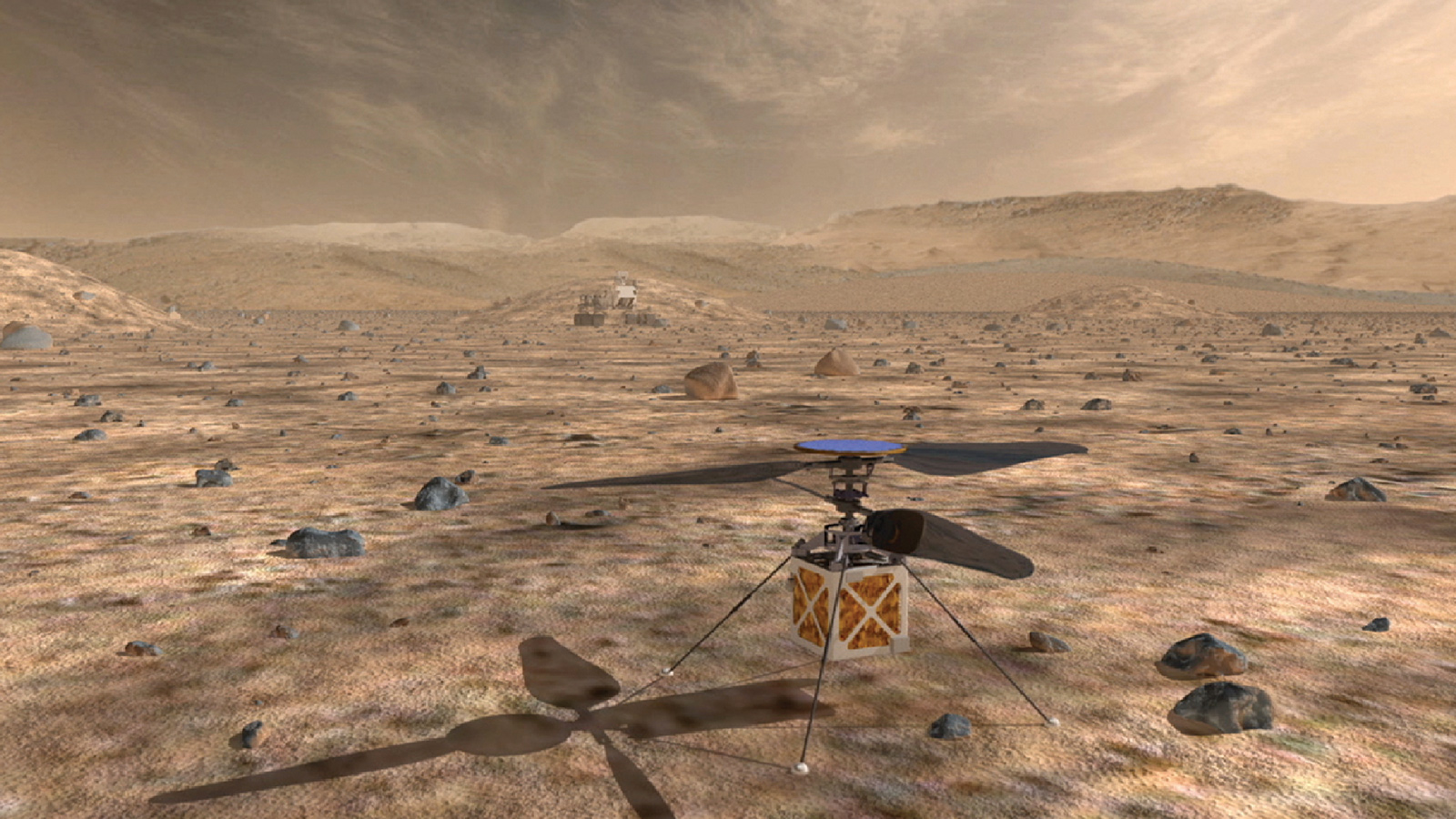Stay Up to Date
Submit your email address to receive the latest industry and Aerospace America news.
Elon Musk’s Starman-in-Roadster was an irresistible photo to put on the cover of this special year-end issue of Aerospace America. For me, this shot is more than just colorful proof of SpaceX’s engineering prowess or the marketing genius of turning a space launch into an advertisement for Tesla.
Starman makes me think of the years of research and development that laid the ground work for this achievement and many others in 2018. I think of the professors who taught the students who are now making these things happen at SpaceX and elsewhere. I think of the yet-to-be told stories and dramas unfolding behind the scenes at young companies, government agencies and universities. I think about the seeds for future triumphs that are contained in the R&D described in these pages, and how these articles are written by the very AIAA members who will contribute to making many of them happen.
Starman tells us something else, however. Bringing R&D to fruition in a way that changes lives is always going to require strong personalities and creativity beyond the lab, vacuum chamber or flight line. For SpaceX, a disappointment, such as dumping the Falcon Heavy core rocket in the ocean, is starting to feel like a scene setter for the next success. Have you ever asked a teenager if they know who Elon Musk and SpaceX are? Try it. Lots of them do. What SpaceX is doing for outer space, a host of urban air mobility companies are trying to do for our daily commutes. There will be setbacks to get past, for sure. Like SpaceX in its early years, these entrepreneurs are facing skeptics behind the scenes who are questioning the feasibility and realness of their ventures. Looking at the successes of the space sector, the thought of regular people going airborne no longer sounds quite so outlandish.
Mixing outer space with urban mobility might sound like an odd case to make, but as is shown in these pages, converging like never before are fields from artificial intelligence, to autonomy, battery power and aerodynamics.
The Mars 2020 rover is going to travel with a helicopter (above) in keeping with the trend toward novel applications for vertical takeoff and landing craft. This helicopter will have co-axial, counter-rotating rotors, a concept that U.S. troops could someday rely on to fly at fixed-wing speeds, depending of course on how things go with the Sikorsky-Boeing SB-1 Defiant. Also worth noting: The Mars helicopter idea did not just suddenly pop up. The effort was started in 2013 as a technology development project at the NASA-funded Jet Propulsion Laboratory.
So, here’s a suggestion: Look through this issue. Pick one technology or project that you think might go somewhere. Jot it down. Put it into a time capsule and open it in five years. Maybe you’ll predict the urban-mobility winner, the next Mars helicopter mission or the next Starman.
About Ben Iannotta
As editor-in-chief from 2013 to March 2025, Ben kept the magazine and its news coverage on the cutting edge of journalism. He began working for the magazine in the 1990s as a freelance contributor. He was editor of C4ISR Journal and has written for Air & Space Smithsonian, New Scientist, Popular Mechanics, Reuters and Space News.
Stay Up to Date
Submit your email address to receive the latest industry and Aerospace America news.




